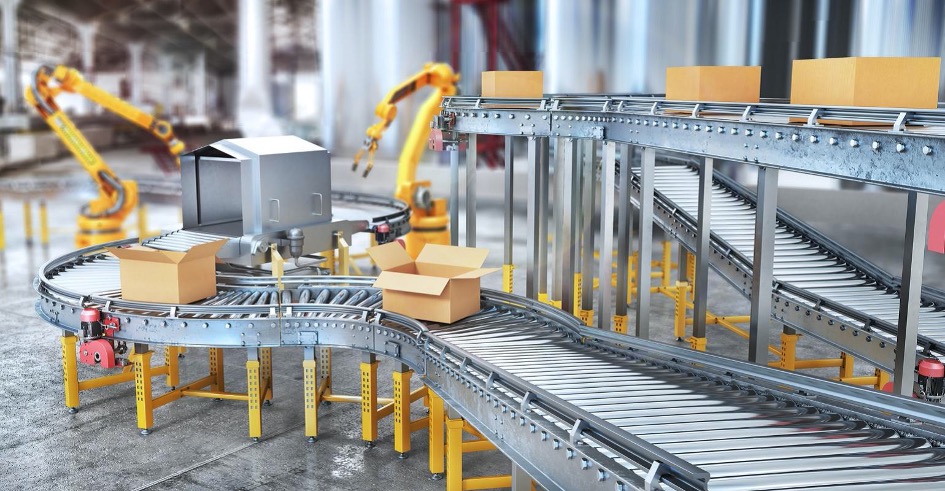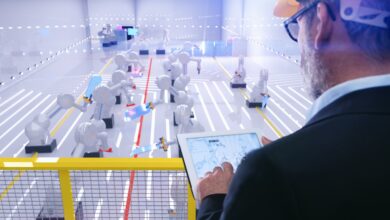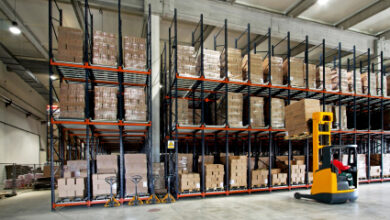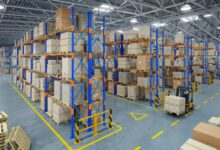Accelerating the Transition to Warehouse Automation

The pandemic days demonstrate to us the vital role logistics plays in modern societies. Increasing customer demands and expectations require flexible and nearly 24/7 distribution solutions from all supply chain managements.
However, difficulties in finding qualified labor and slow adoption of digital technologies hinder companies from achieving the speed and agility they need to compete in this market. Logistics operations, which are a direct touchpoint in the customer experience, need to accelerate innovation and create agility to emerge from the current crisis more resilient and future-ready. Overall, transitioning to warehouse automation is becoming increasingly crucial as part of this solution.
As the number of orders delivered directly to consumers increases, scalable automation systems for speed, accuracy, and business continuity become even more critical. When we talk about scaling, I mean not discarding the automation system in each iteration and replacing it with a new one but rather the adaptability of the existing system with additional components to continuously adapt to new situations. Many companies already feel compelled to adopt new technologies, work methods, and collaboration models much faster than expected.
Warehouse automations such as goods-to-person and machine-to-machine order management (such as ASRS-AGV-Automatic truck loading transfer) not only achieve speed and accuracy in order fulfillment but also enable micro-level customization on a customer basis.
Challenges in Warehouse Management During the Pandemic
Automating the storage and movement of goods throughout the supply chain management has always had clear benefits, including lower service costs, increased efficiency, improved service levels, and benefits such as 24/7 service. Additionally, along with the challenges of the pandemic, warehouse automation can also allow for a lower number of employees, better social distancing, and better contact tracing.
Many companies are aware of these benefits and want to move forward to adopt new technologies, but they struggle to do so at scale. However, scaling warehouse automation is not an easy task. Scaling doesn’t mean discarding the automation system in each iteration and replacing it with a new one; it means continuously adapting the existing system to new situations with additional components. Companies need to create new operating and service models, retrain employees, establish and contract with robotic system integrators to build and maintain a robotic infrastructure that requires expertise and skill.
Buying and maintaining robots in an already capital-intensive industry also means additional expenses. While these expenses may be easy to identify, we see companies struggling to create a business plan to scale warehouse automation.
Scaling Warehouse Automation
We have identified several key actions that companies can take to scale their warehouse automation capabilities:
Create a comprehensive roadmap. Companies should start by understanding the core business challenges and needs to see where robotics and warehouse automation will have the most significant impact. Automating existing networks can affect all areas of the business, most of which are unexpected. With a clear roadmap that starts with building the foundational infrastructure needed to support a range of solutions, companies can quickly focus on areas with the highest impact and then scale solutions from there.
Select solutions that create the most value. While this may seem straightforward, sometimes the best solutions are not the most hyped or newest ones on the market. The journey each company takes to scale automation will vary depending on the assets they already have. Once they have determined which areas to focus on in their roadmap, companies should evaluate different solutions and choose the ones that touch on their most critical KPIs, such as speed, quality, and sustainability, to increase.
Consider new skills to acquire. Improving warehouse automation and using robotic systems can be positive for employment and productivity. Often, one of the key benefits of warehouse automation is improving the employee experience by reducing manual tasks. Consider empowering and developing employees to work alongside robotic counterparts and contribute to more automated work. While some jobs may change permanently, new and value-adding roles should be identified as a result of the combined power of working together with humans and machines.
Monitor progress. Focus on monitoring and updating to ensure that the roadmap and implemented solutions provide the highest value. By closely monitoring progress, companies can quickly make adjustments as needed to ensure desired outcomes are achieved. When I talk about the scalability of automation, I also mean this to some extent.
Warehouse automation and robotic systems will increase productivity, improve order fulfillment performance, and provide flexibility. Scaling these solutions is no longer an option but a necessity dictated by competition. And those who move fast will gain significant advantages.
If you decide to invest in smart automation technologies to be among the first in your industry, you will encounter many options. Each will have different advantages and disadvantages, and each will have a different return on investment. Therefore, you need to make sure that the technology you invest in answers both today’s and tomorrow’s questions. Dijitalis helps its customers choose the right automation concept – walking with you from analysis to conceptual design, from supplier selection to commissioning control.





